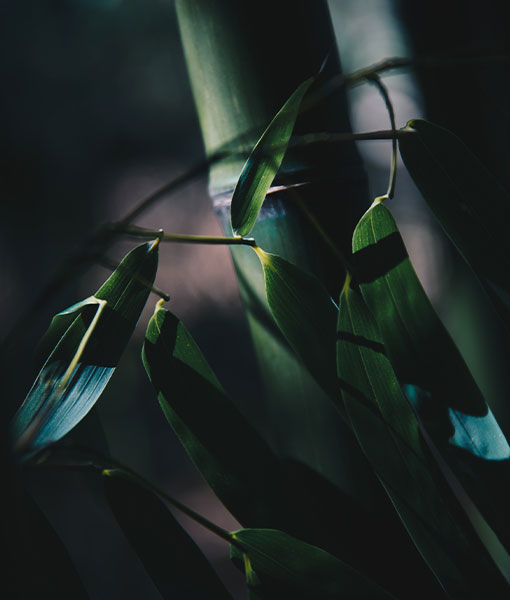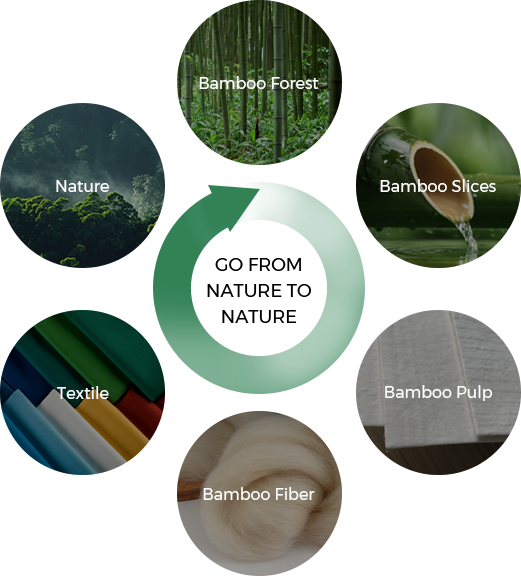In the ever-changing landscape of the textile industry, the resurgence of interest in
natural fabrics marks a return to classic elegance and a profound commitment to sustainability. Natural fabrics, derived from plant and animal fibers, have been a staple in human civilization for centuries. From cotton and linen to silk and wool, these textiles carry a timeless charm and embody a harmonious relationship with the environment. This article explores the virtues of natural fabrics, highlighting their diverse qualities, environmental benefits, and enduring appeal.
At the heart of the natural fabric revival is the recognition of the environmental impact associated with synthetic textiles. Polyester, nylon, and other man-made fibers, while versatile and cost-effective, often involve resource-intensive production processes and contribute to microfiber pollution. In contrast, natural fabrics provide a sustainable alternative by harnessing the inherent qualities of fibers sourced directly from nature.
Cotton, one of the most widely used natural fabrics, has been a cornerstone of textile production for centuries. Its versatility and breathability make it a popular choice for clothing and home textiles. Organic cotton, cultivated without synthetic pesticides and fertilizers, further enhances the fabric's environmental profile. The resurgence of interest in organic cotton is a testament to the growing demand for eco-friendly alternatives, as consumers seek products that align with their values of sustainability and environmental consciousness.
Linen, derived from the flax plant, is another natural fabric that has gained prominence for its crisp texture and breathability. Linen has a lower environmental impact compared to cotton, requiring less water and fewer pesticides during cultivation. The fabric's natural luster and ability to keep the wearer cool in warm weather contribute to its appeal in various applications, from clothing to bed linens.
Silk, a luxurious natural fabric produced by silkworms, epitomizes elegance and refinement. While the production of silk involves a process that raises ethical considerations, particularly regarding the silkworms' well-being, advancements such as cruelty-free and peace silk offer more sustainable alternatives. The sheen and softness of silk make it a sought-after choice in high-end fashion and luxury home textiles.
Wool, sourced from sheep, goats, and other animals, represents a natural fabric with unique insulating properties. Wool fibers naturally regulate temperature, keeping the wearer warm in cold weather and cool in warm weather. Additionally, wool is known for its durability and resistance to wrinkles, reducing the need for frequent laundering. Sustainable practices in wool production, such as ethical treatment of animals and responsible land management, further enhance the fabric's eco-friendly credentials.
Natural fabrics also extend to plant-based fibers like bamboo and hemp. Bamboo fabric, derived from the fast-growing bamboo plant, offers a soft and breathable alternative with natural antibacterial properties. Hemp fabric, sourced from the hemp plant, is known for its strength and durability, requiring minimal water and pesticides during cultivation. Both bamboo and hemp represent eco-friendly choices that cater to consumers seeking sustainable alternatives.
The environmental benefits of natural fabrics extend beyond their cultivation and production. Biodegradability is a key feature that sets natural fabrics apart from their synthetic counterparts. When these textiles reach the end of their lifecycle, they naturally decompose, reducing the burden on landfills and minimizing long-term environmental impact. This characteristic aligns with the principles of a circular economy, where materials are reused, recycled, or returned to the environment without harm.
The resurgence of interest in natural fabrics is not solely driven by environmental concerns; it also stems from a desire for authenticity and a connection to heritage. Natural fabrics carry a rich history, rooted in ancient traditions and craftsmanship. From the handwoven textiles of indigenous communities to the artisanal techniques passed down through generations, these fabrics embody cultural significance and contribute to the preservation of traditional craftsmanship.
In the world of fashion, designers are increasingly turning to natural fabrics to create sustainable and ethical collections. The versatility of natural fibers allows for creative expression while adhering to responsible sourcing and production practices. The rise of slow fashion, a movement that emphasizes quality, longevity, and mindful consumption, aligns with the enduring appeal of natural fabrics.





